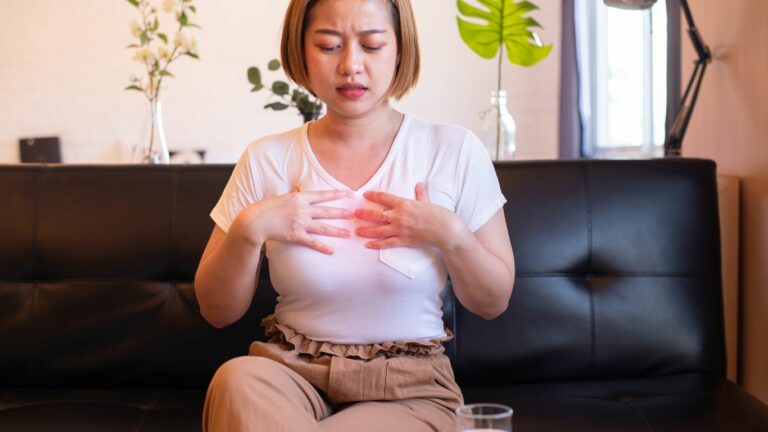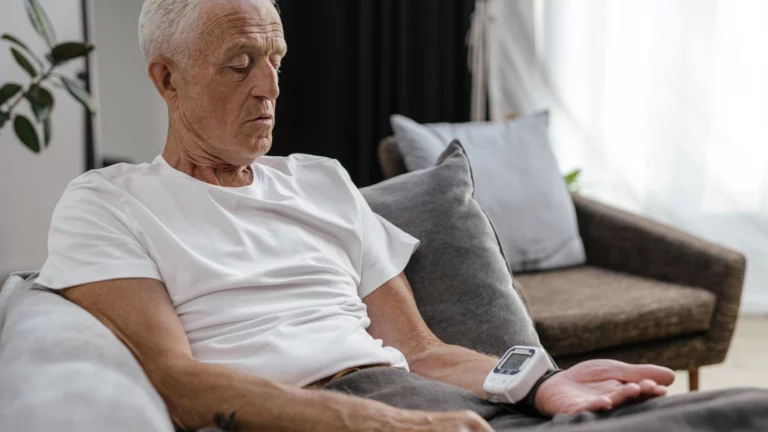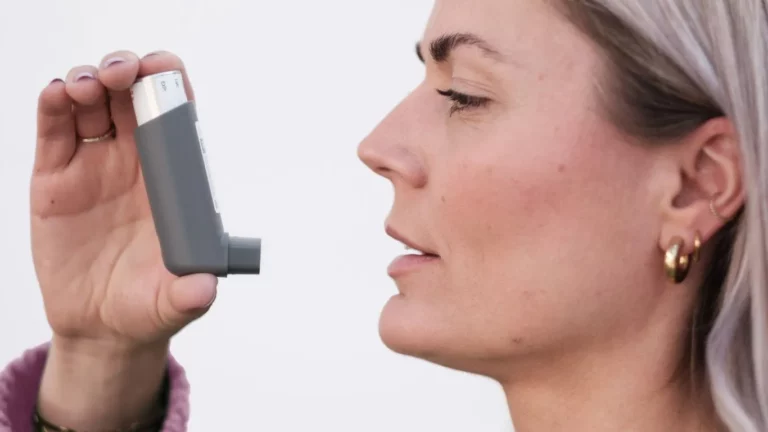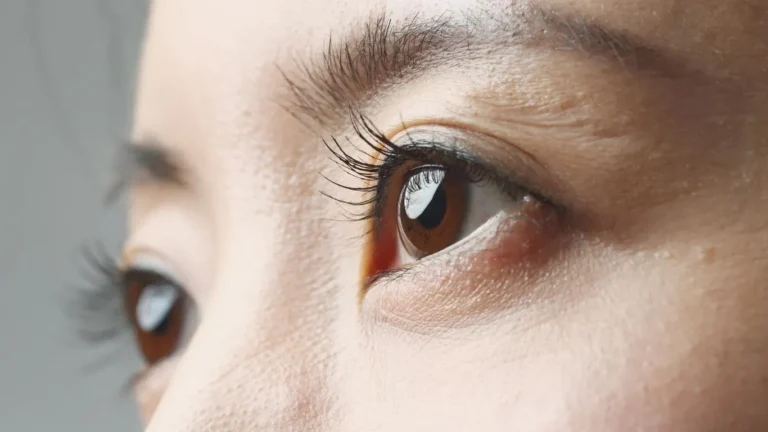Discover the Incredible Benefits of Tai Chi for Rheumatoid Arthritis
Living with rheumatoid arthritis (RA) can be an overwhelming experience, affecting not only the joints but also your daily life and overall well-being. As someone who has spent years working closely with people battling this chronic condition, I can tell you that finding ways to manage it effectively is key to improving quality of life. In this article, we’ll dive into one such method that’s become increasingly popular for easing RA symptoms: tai chi. You might be wondering how a slow-moving martial art could help with joint pain and stiffness, but let me assure you—it’s not only effective, it’s also enjoyable! So, if you’re ready to discover how tai chi might help you cope with rheumatoid arthritis, keep reading.
What is Rheumatoid Arthritis and How Does it Affect Your Body?
Rheumatoid arthritis is an autoimmune disease where your immune system mistakenly attacks healthy joints, causing inflammation, pain, and eventually damage to cartilage and bones. It’s different from osteoarthritis, as RA is driven by the immune system, not wear and tear. The symptoms can vary from person to person but often include swelling, stiffness, and tenderness in the joints, particularly in the morning or after periods of inactivity.
It’s important to note that RA can affect any joint, but it most commonly targets the hands, wrists, knees, and feet. This chronic condition often leads to fatigue, difficulty moving, and a decrease in your overall ability to perform daily tasks. Over time, this can take a significant toll on both physical and mental health. That’s why effective management is so important. Enter tai chi.
Understanding Tai Chi: A Low-Impact Approach to Joint Health
At first glance, tai chi might look like a gentle dance or slow-motion martial art, but it’s much more than that. Developed centuries ago in China, tai chi is a form of mind-body exercise that focuses on slow, deliberate movements, deep breathing, and mental focus. The beauty of tai chi lies in its ability to bring balance, both physically and mentally, to those who practice it—whether they’re dealing with arthritis or just looking to improve their flexibility and strength.
While it may seem like tai chi is all about calm and serenity, it also involves deliberate muscle engagement. The slow movements promote joint flexibility and help improve posture, balance, and muscle strength. For individuals with rheumatoid arthritis, this can be a game-changer. Tai chi encourages fluid motion, which helps relieve stiffness without placing undue stress on the joints. It’s a great option for people who may find more intense forms of exercise difficult due to pain or inflammation.
The Connection Between Tai Chi and Rheumatoid Arthritis Relief

So, how does tai chi work its magic on rheumatoid arthritis? Well, a growing body of research supports the idea that tai chi can reduce inflammation, improve joint mobility, and reduce pain in individuals with RA. Here’s how:
- Increased Circulation: The slow, controlled movements of tai chi encourage blood flow throughout the body, which helps nourish joints and tissues and can assist in the healing process.
- Improved Joint Mobility: The gentle stretching and movement of muscles and joints help reduce stiffness, making it easier to move throughout the day.
- Stress Reduction: Dealing with chronic pain day in and day out can create mental stress, which in turn can worsen physical symptoms. Tai chi helps to calm the mind, reduce anxiety, and promote relaxation, all of which are crucial in managing pain.
- Better Posture: Tai chi encourages mindful movements that promote better posture, which can alleviate stress on joints and reduce pain over time.
- Enhanced Balance and Coordination: RA can sometimes lead to difficulty with balance, but tai chi’s focus on coordination helps improve stability and prevent falls.
The Benefits of Tai Chi for RA Patients: Real-Life Experiences
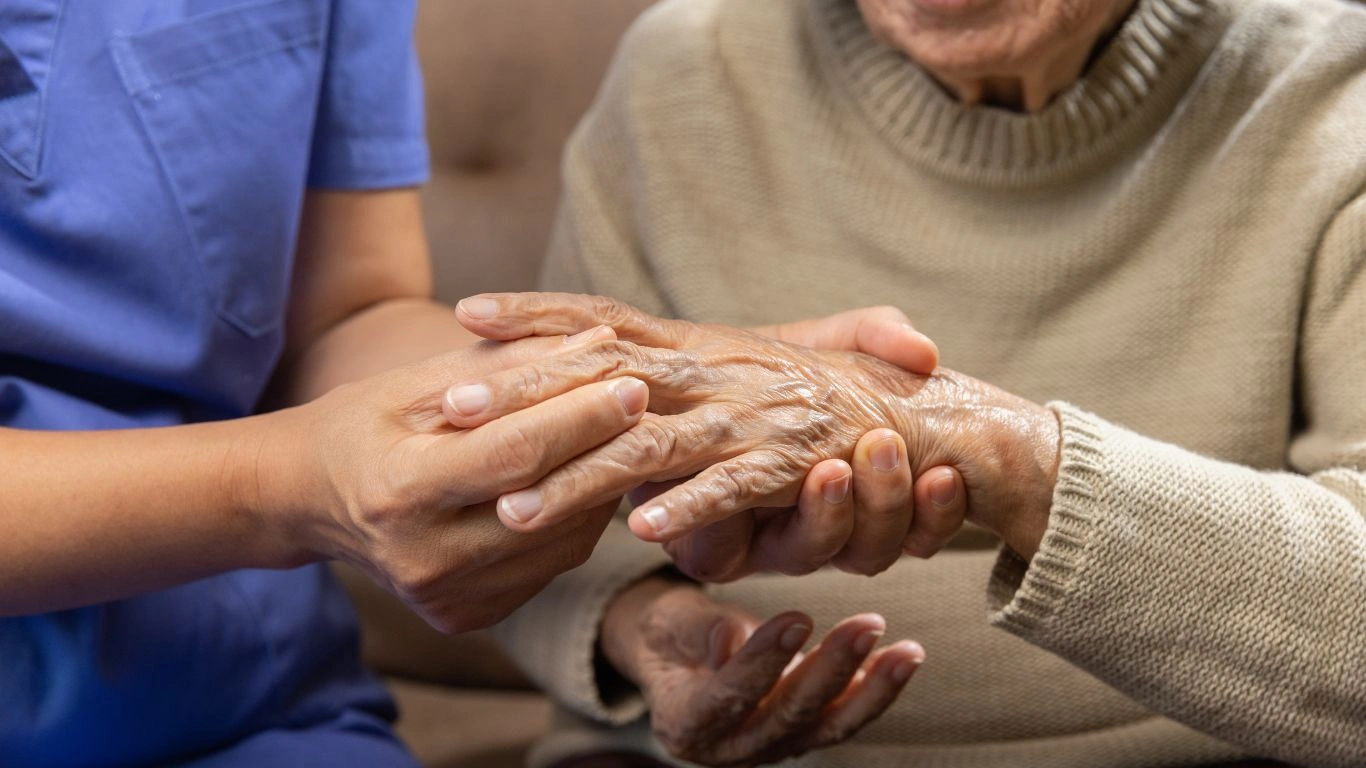
From my own experience working with RA patients, I’ve seen firsthand how tai chi can make a world of difference. Take Sarah, for example—she’s in her early 40s and has been living with RA for nearly a decade. She came to me looking for something to ease the constant joint pain that made simple tasks like cooking and cleaning a struggle. I suggested she give tai chi a try, and after a few weeks, she noticed significant improvements. Her stiffness decreased, her energy levels increased, and perhaps most importantly, she reported feeling more relaxed and at peace. For her, tai chi wasn’t just an exercise; it was a mental escape that gave her the strength to face each day with a little more positivity.
Then there’s Mark, a retiree who had tried numerous treatments over the years, from medications to physical therapy. He wasn’t sure about tai chi at first, but after a few sessions, he found that his knee pain had decreased significantly. He could walk around the block without feeling like his knees were on fire. The changes weren’t drastic overnight, but over time, he felt stronger, more confident, and less reliant on painkillers.
Getting Started with Tai Chi: Tips for RA Patients
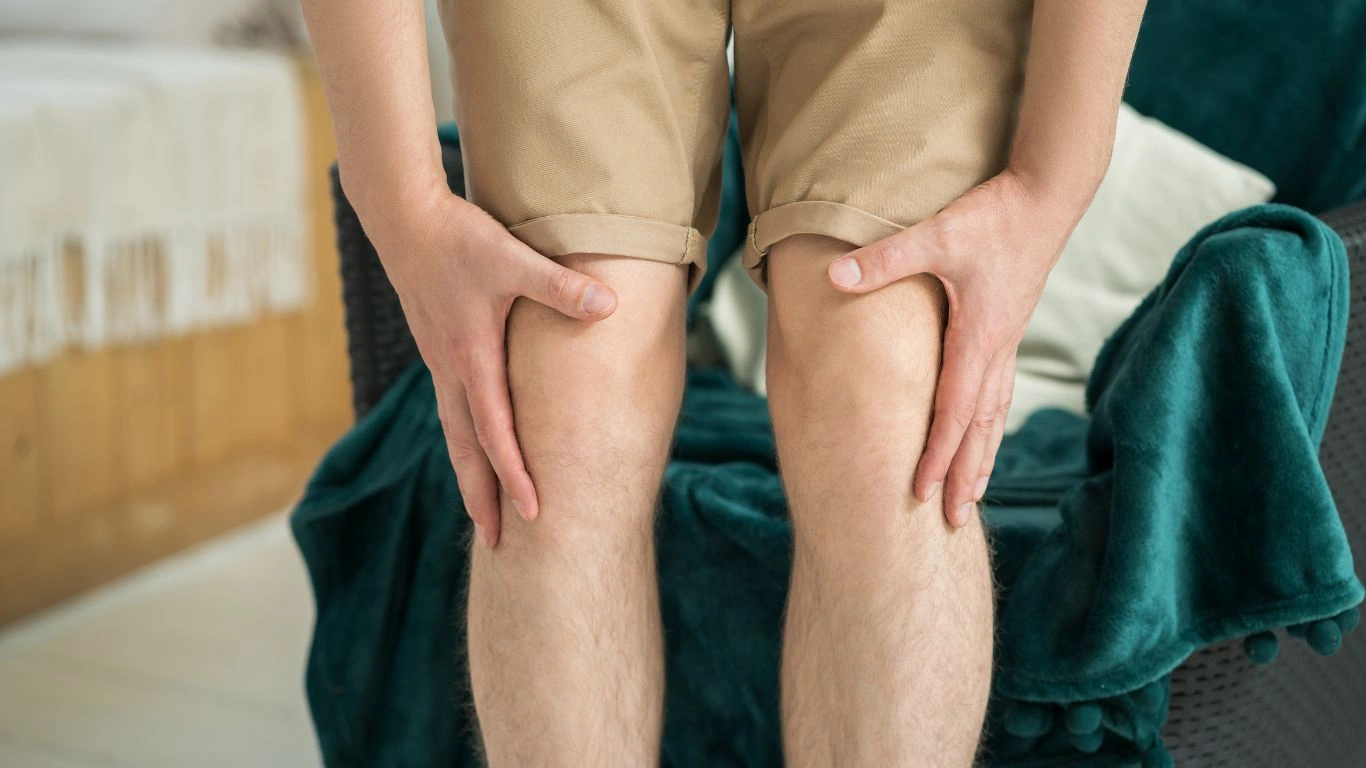
If you’re ready to give tai chi a shot, here are some tips to help you get started:
- Find a Qualified Instructor: Look for a tai chi instructor who has experience working with individuals with rheumatoid arthritis or other chronic conditions. They can tailor the practice to your specific needs.
- Start Slowly: It’s important to listen to your body. Begin with short sessions, gradually increasing the length as your strength and stamina improve.
- Wear Comfortable Clothing: Make sure to wear loose, comfortable clothing and shoes that allow you to move freely.
- Be Consistent: Like any new practice, consistency is key. Set aside time each day or a few times a week to practice, and you’ll likely start to notice the benefits.
The Science Behind Tai Chi and Rheumatoid Arthritis
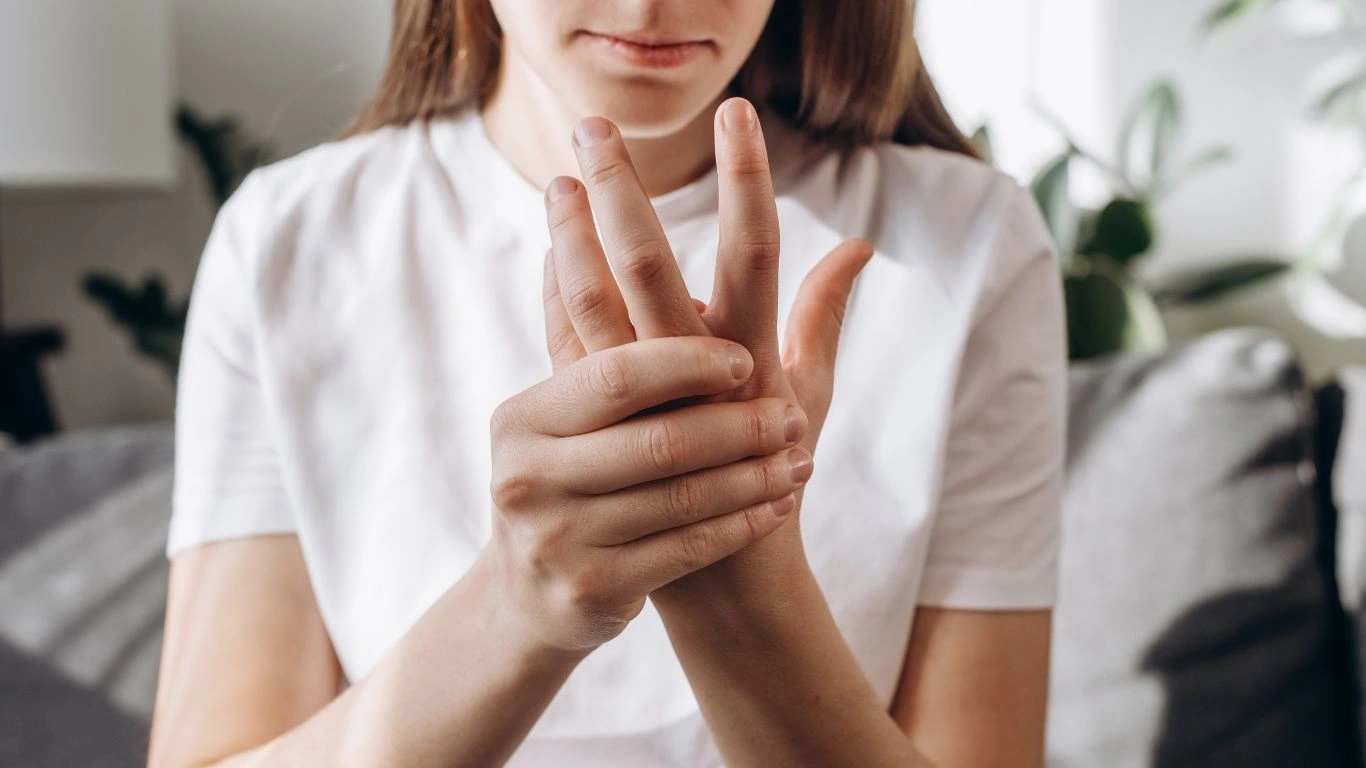
If you’re wondering whether tai chi really works for RA or if it’s just another “wellness trend,” you’re not alone. It’s important to back up holistic practices like tai chi with science, especially when it comes to something as serious as rheumatoid arthritis. Fortunately, research has shown that tai chi can offer real benefits for those living with this chronic condition.
A number of studies have demonstrated the effectiveness of tai chi in improving joint function, reducing pain, and enhancing overall well-being in people with rheumatoid arthritis. For instance, a study published in the Journal of Rheumatology found that participants who practiced tai chi had significant reductions in pain and fatigue. Other research indicates that tai chi helps improve flexibility and strength, particularly in the wrists and knees—common trouble areas for RA sufferers.
What’s particularly interesting is the combination of physical and mental benefits. Tai chi is not just about movement; it’s about being mindful of your body, your breath, and your surroundings. This mindfulness aspect plays a crucial role in managing RA. It can help reduce stress, which we know is a major contributor to flare-ups and increased pain in many autoimmune conditions.
How Tai Chi Improves Mental Health in RA Patients

Living with a chronic condition like rheumatoid arthritis can take a toll on your mental health. Chronic pain, fatigue, and the frustration of limited mobility can lead to depression, anxiety, and feelings of isolation. But one of the most underrated benefits of tai chi is its ability to address these mental health challenges.
Many people don’t realize just how much of a psychological burden RA can place on a person. It’s not just the physical pain; it’s the emotional strain that can lead to a sense of hopelessness or even anger at your body. Tai chi, with its gentle movements and emphasis on deep breathing, can help reduce these feelings by promoting relaxation and mental clarity.
Over the years, I’ve seen how practicing tai chi has brought a sense of calm and focus to patients who were otherwise overwhelmed by their condition. For instance, Jane, one of my patients, had been dealing with RA for over 15 years. She had tried every medication under the sun, but her mental health was still suffering. After incorporating tai chi into her routine, she noticed a marked improvement in her mood. The combination of movement and mindfulness helped her develop a more positive relationship with her body, even during flare-ups.
Mindfulness and Tai Chi: The Perfect Match for RA
Mindfulness is a core component of tai chi, and it’s something I always emphasize when teaching RA patients about the practice. It’s easy to get caught up in the frustration of living with a chronic illness, and when you do, it can feel like your pain is the only thing that defines you. Tai chi can help you break that cycle.
When you practice tai chi, you’re not just going through the motions. You’re fully engaged in the present moment, paying attention to how your body feels and how it moves. This mindfulness allows you to create space between you and your pain. It’s not that tai chi makes the pain go away, but it shifts your focus, and over time, that can make a huge difference.
In fact, a number of studies support the idea that mindfulness-based practices like tai chi can reduce pain perception and improve overall well-being in people with RA. One such study published in Psychosomatic Medicine found that tai chi practitioners experienced less pain and higher life satisfaction compared to those who didn’t participate in the practice. So, if you’re someone who struggles with the emotional weight of living with RA, tai chi can be a powerful tool to improve your outlook on life.
Incorporating Tai Chi into Your RA Management Plan
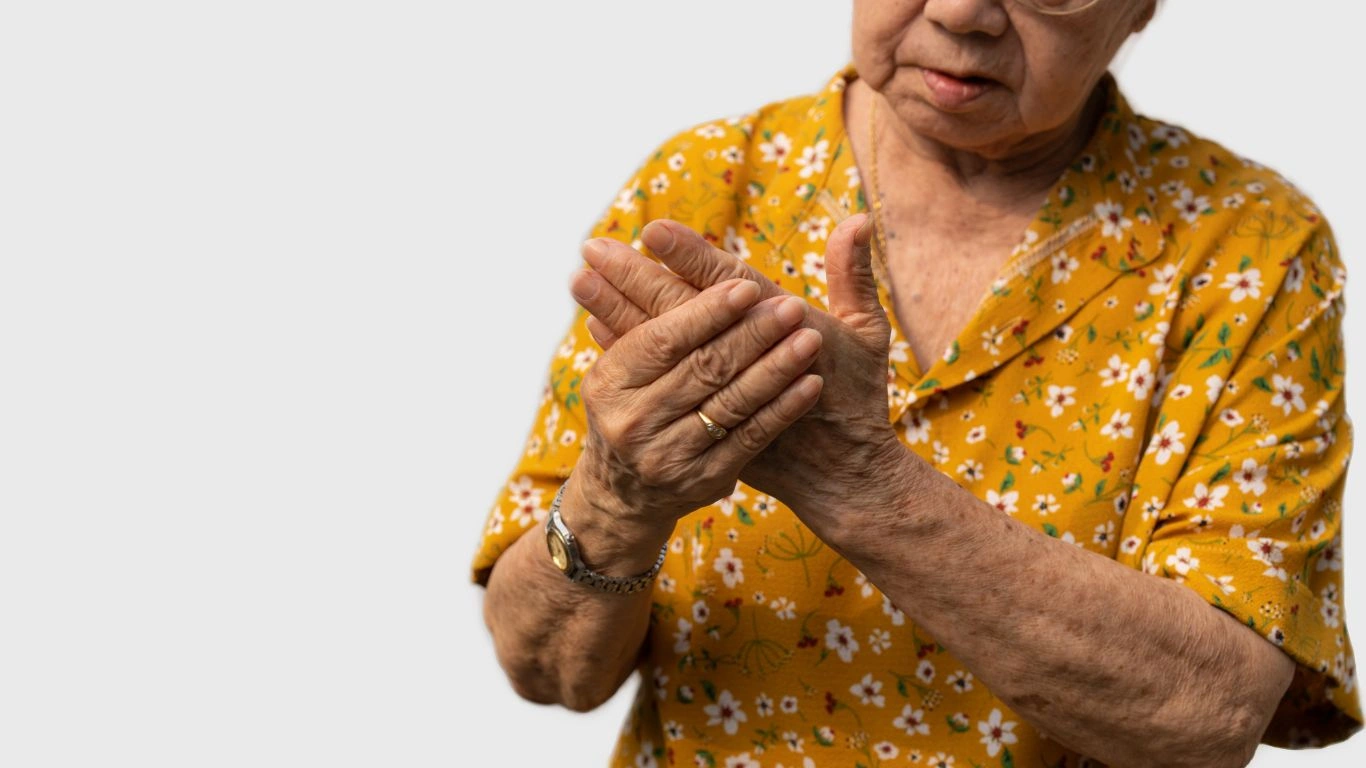
By now, you’re probably thinking that tai chi sounds like a great addition to your rheumatoid arthritis management plan. And you’re absolutely right! It’s important to remember that tai chi should not replace any medical treatments you’re currently receiving for RA, but rather serve as a complementary approach. Think of it as part of a well-rounded management plan that includes medication, physical therapy, and lifestyle changes.
Here’s how you can get started:
- Consult Your Doctor: Before starting any new exercise, including tai chi, make sure to talk with your healthcare provider. They can help guide you on how much movement is appropriate for your specific case and whether tai chi is right for you.
- Start with Beginner Classes: If you’re new to tai chi, look for beginner classes that focus on slow, controlled movements. Many instructors offer classes specifically for people with chronic conditions like RA.
- Practice at Home: If you can’t make it to a class, there are plenty of online resources and videos that can help you get started with tai chi at home. Start with short sessions and gradually increase the duration as you feel comfortable.
- Stay Consistent: As with any new habit, consistency is key. Aim to practice tai chi several times a week, even if it’s just for 15-20 minutes. Over time, you’ll likely see improvements in both your physical and mental well-being.
What to Expect After a Few Weeks of Tai Chi
After a few weeks of incorporating tai chi into your routine, you might start to notice some changes. It’s not going to be a quick fix, but the benefits of tai chi tend to build gradually. You may experience:
- Reduced Stiffness and Pain: Your joints may feel less stiff, and the pain might decrease, especially after a session of tai chi.
- Better Sleep: Many of my patients report sleeping better once they start practicing tai chi regularly. The relaxation and mindfulness help to calm the nervous system, which promotes deeper, more restful sleep.
- Increased Flexibility and Strength: As your body becomes more accustomed to the movements, you’ll likely notice improved flexibility and strength, particularly in the areas that are most affected by RA.
- Improved Mood: Thanks to the mindfulness aspect, you may feel less stressed, more centered, and more able to manage the emotional challenges of living with RA.
Case Studies & Real-Life Examples of Tai Chi in RA Management
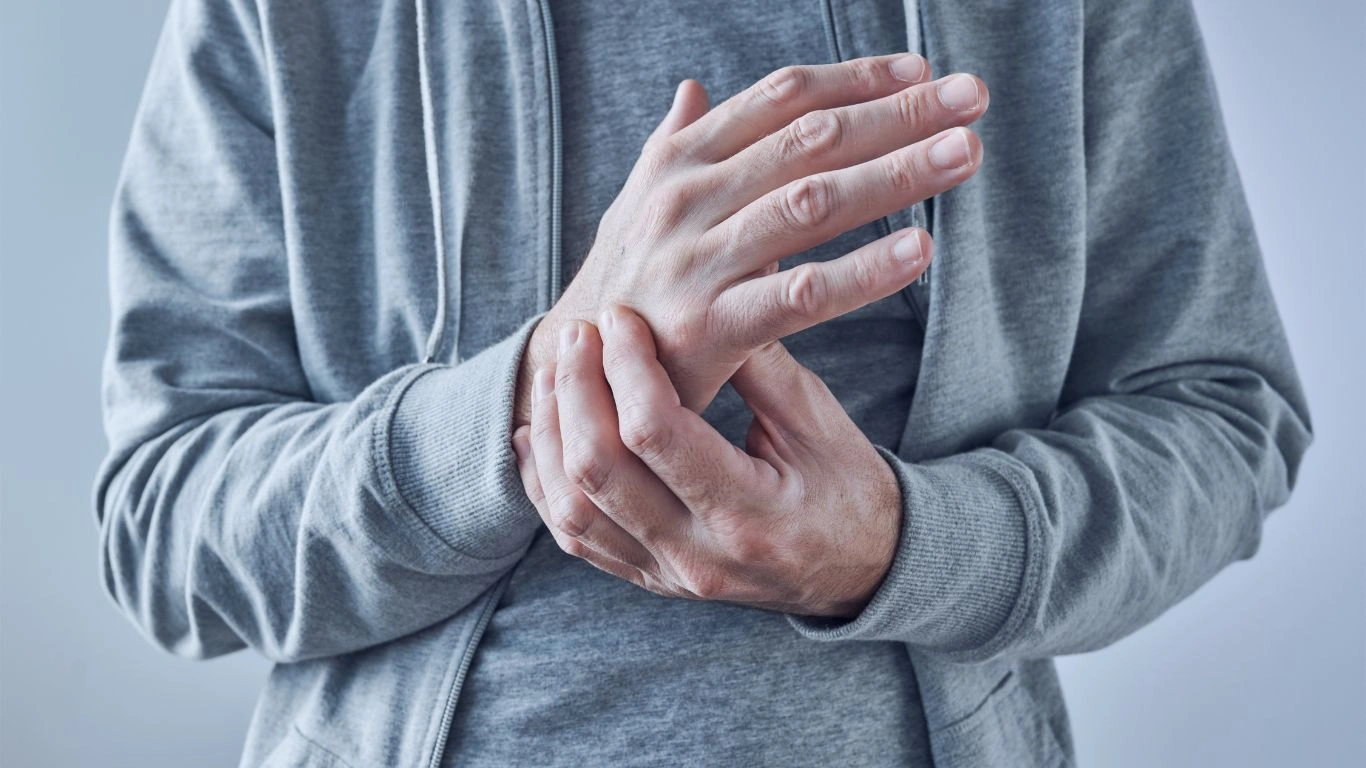
Let’s get personal for a second. In my years of working with patients who have rheumatoid arthritis, I’ve seen some pretty incredible transformations. It’s not just about the physical improvements, either—tai chi often brings emotional and mental changes that are just as significant. I think hearing real-life success stories can be incredibly inspiring, so let me share a few with you.
One of my patients, Tom, had been struggling with RA for years. His symptoms were fairly severe, with inflammation in his wrists and knees making it hard for him to even hold a cup of coffee or go for a walk. Tom had tried everything from medications to physical therapy, but nothing seemed to provide lasting relief. When I introduced him to tai chi, he was skeptical, but agreed to give it a try. Fast forward a few months, and Tom was amazed by the results. His joint pain had significantly decreased, and he reported feeling much more relaxed throughout the day. What’s more, he found that he could do things he hadn’t been able to in years, like gardening and walking his dog without feeling exhausted afterward.
Then there’s Emily, who was diagnosed with RA in her late 20s. She’s a busy professional and a mother of two, so managing her symptoms while juggling work and family life was a constant challenge. After hearing about tai chi from a support group, she decided to give it a go. Her story is one I hear often: after a few weeks of practice, Emily found that tai chi helped her manage both physical pain and stress. It wasn’t just the joint pain that eased, but her anxiety and overwhelm about RA seemed to melt away. Now, tai chi is an essential part of her routine, helping her maintain balance in both her body and mind.
These are just a couple of examples, but I’ve witnessed similar stories countless times over the years. It’s clear to me that tai chi isn’t just a “nice to have” for people with RA—it can be a life-changer. These stories demonstrate that it’s possible to feel empowered, reduce pain, and lead a more active life, even with rheumatoid arthritis.
Key Takeaways: What You Need to Remember
If you’ve made it this far, you probably have a better understanding of how tai chi can be a powerful tool in managing rheumatoid arthritis. To wrap things up, here are the key takeaways from everything we’ve discussed so far:
- Tai chi is a gentle, low-impact exercise: It’s perfect for people with RA, as it can improve flexibility, strength, and joint mobility without putting excessive strain on the body.
- Mental health benefits are just as important: Beyond physical improvements, tai chi promotes mindfulness and relaxation, which can significantly reduce the emotional toll of living with RA.
- Scientific research supports its effectiveness: Studies show that tai chi can reduce pain, improve joint function, and enhance overall well-being for RA patients.
- Consistency is key: Like any new practice, tai chi requires regular commitment to see lasting benefits. Start slow, be patient with yourself, and make it a regular part of your routine.
- Tai chi complements other treatments: It should be used alongside traditional RA treatments, not as a replacement. Always consult your doctor before starting any new exercise regimen.
FAQs About Tai Chi for Rheumatoid Arthritis
Still have questions? Here are some of the most common ones I get asked by patients and anyone interested in trying tai chi for RA:
1. How often should I practice tai chi for the best results?
The ideal frequency can vary depending on your level of experience and how your body responds to the practice. However, I generally recommend practicing at least 3 times a week, with each session lasting 20-30 minutes. As you get more comfortable, you can gradually increase the time and frequency.
2. Can tai chi help with RA flare-ups?
Yes, tai chi can be incredibly helpful during flare-ups. The slow, controlled movements can reduce stiffness and increase blood circulation, which may ease inflammation and improve range of motion. That said, it’s always important to listen to your body and avoid overexerting yourself during flare-ups.
3. Do I need any special equipment to practice tai chi?
No special equipment is required to practice tai chi. All you need is comfortable clothing and flat, supportive shoes. You can practice indoors or outdoors—whatever feels best for you!
4. Is tai chi safe for people with severe RA?
Tai chi is generally safe for most people with RA, but if you have severe joint damage or limited mobility, it’s crucial to start slow and work with a trained instructor who can tailor the movements to your needs. Always consult with your doctor before starting a new form of exercise, especially if you have severe symptoms.
Bonus: Additional Resources or DIY Tips
If you’re interested in diving deeper into the world of tai chi for RA, there are plenty of resources to help you on your journey. Here are a few that I recommend:
- Online Classes: There are many online tai chi classes specifically designed for beginners and those with chronic conditions like RA. Websites like Tai Chi for Health Institute offer great virtual sessions.
- Books: One book I often recommend to my patients is “The Tai Chi for Arthritis” by Dr. Paul Lam. It’s a great resource for people with RA, and it breaks down the movements in a simple, easy-to-understand way.
- YouTube Channels: Channels like Tai Chi Health for Arthritis offer free videos you can follow along with from home.
- Apps: There are several apps available that guide you through tai chi routines. “Tai Chi for Beginners” is one that I’ve heard great things about for those starting out.
Appendix: Table, References, and Call to Action
In case you want to learn more or need additional support, here are a few resources that provide scientific backing and further reading on the benefits of tai chi for rheumatoid arthritis:
Remember, managing rheumatoid arthritis is a journey, and tai chi can be an amazing part of that journey. Whether you’re just starting or you’ve been practicing for a while, it’s never too late to experience the benefits. Start slow, stay consistent, and don’t forget to enjoy the process. Your body—and mind—will thank you for it.
Disclaimer: This article is intended to provide general information and should not be used as a substitute for professional medical advice. Always consult your doctor or healthcare provider before beginning any new exercise regimen or making changes to your current treatment plan.
Call to Action: Ready to give tai chi a try? Find a class near you, check out some online resources, or simply take the first step in your own living room. Start with 10 minutes today—you’ve got this!

Tarra Nugroho is a dedicated Nurse Practitioner with a strong foundation in family and preventive care. She brings both compassion and clinical expertise to her practice, focusing on patient-centered care and health education. As a contributor to Healthusias.com, Tarra translates medical knowledge into clear, empowering articles on topics like women’s health, chronic disease management, and lifestyle medicine. Her mission is simple: help people feel seen, heard, and informed—both in the clinic and through the content she creates. When she’s not caring for patients, Tarra enjoys weekend hikes, plant-based cooking, and curling up with a good health podcast.

